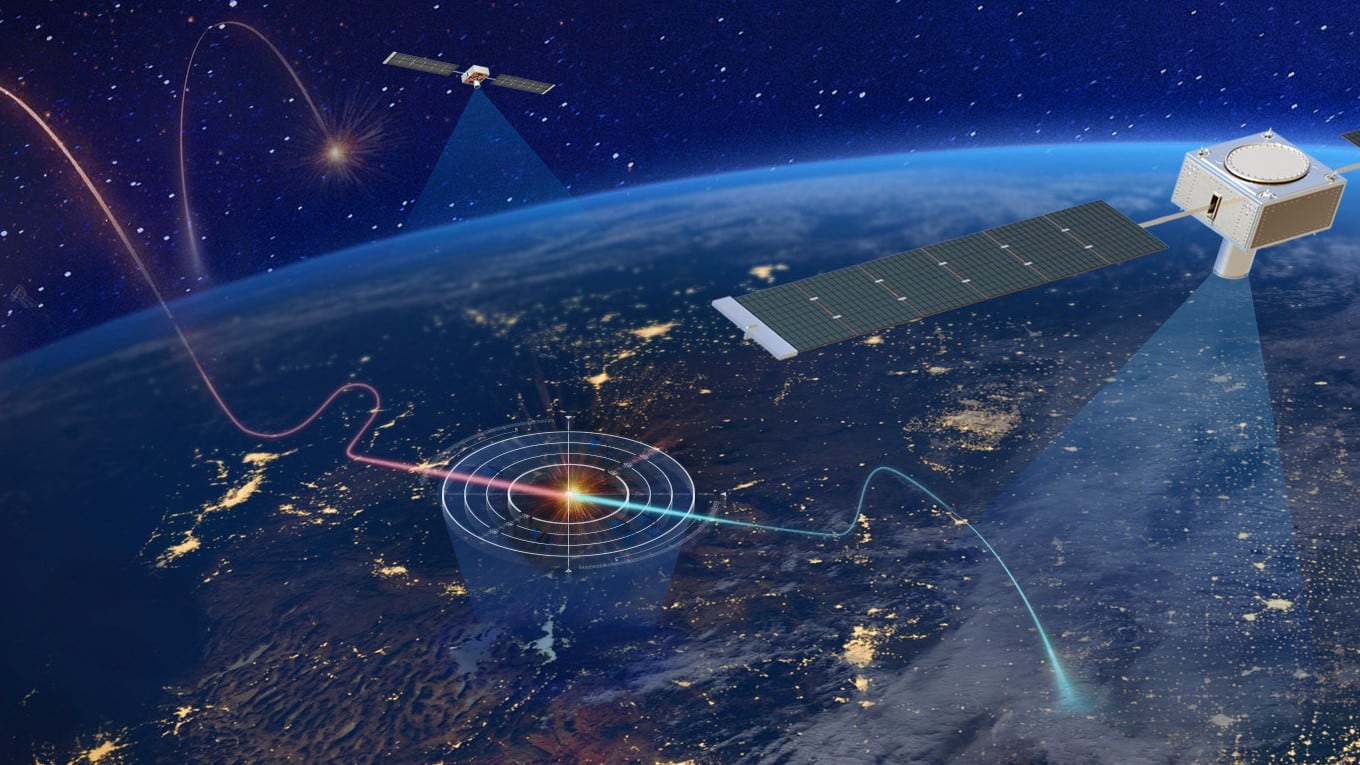Concerned by the rising threat of hypersonic weapons from China and Russia, the Senate Armed Services Committee included funding for the development of two space-based satellite systems that could help detect and track threats in its version of fiscal 2020 defense spending bill.
While the funding was not included in the Pentagon’s formal budget request for fiscal 2020, the Missile Defense Agency listed the development of a space-based sensor layer as it’s No. 1 unfunded priority in a March report to Congress.
The Senate panel included the spending as part of the $750 billion National Defense Authorization Act. A summary of the bill was released by the committee May 23. The legislation next goes to the full Senate for consideration. Meanwhile, the House Armed Services Committee has yet to draft their version of the annual defense legislation.
Pentagon leaders have said a space-based sensor layer would give the military greater capability to detect and track ballistic missiles, which in turn increases their ability to intercept threats.
In testimony to Congress, Lt. Gen. Samuel A. Greaves, director of the Missile Defense Agency, explained that a space-based sensor layer would consist of two constellations: One for tracking and discriminating ballistic missiles and one for tracking hypersonic missiles or weapons that travel at Mach 5 or higher. With China and Russia developing hypersonic weapons, Greaves said that a space-based sensor layer could give the United States an edge in detecting and intercepting hypersonic threats.
He explained that while the Pentagon did request $150 million funding for the basic infrastructure that would support the sensor layer, the additional $108 million would allow the military to begin developing the technology needed for the actual sensors.
“It involves essentially initiating work for long lead procurement of such things as the sensors themselves, the focal plane arrays that will be needed to do the missile defense mission from low earth orbit, things such as cryogenic coolers, and things such as solar arrays, which take a long time to be developed,” Greaves said. “This nation is extremely capable of doing just about anything it puts its mind to. The threat is moving fast and faster, and the reason I include it as my top priority in the unfunded list is that I believe that as time is the enemy, let’s not waste it, and if additional funding is provided, that’s where it would go."
Nathan Strout covers space, unmanned and intelligence systems for C4ISRNET.








